First of all, I would like to apologize for the change in the content. Originally, this blog was supposed to feature:
“The Road to Your Complete DIY Equipment” 2nd Edition: Amplified Buffer Get your hands on the legendary device exclusively used by professionals [Final Part]
However, the manuscript wasn't ready in time, and we had to replace it. We will publish it as soon as it's completed, so please bear with us for a little longer.
So, this time, let's talk about the common and uncommon knowledge about tube guitar amps.
Although I briefly touched on this before, the content will likely make even the staff at music stores and engineers who repair amps say, "Really?! Is that so?" Prepare to have your eyes opened.
First: let's talk about the standby switch on tube guitar amps.
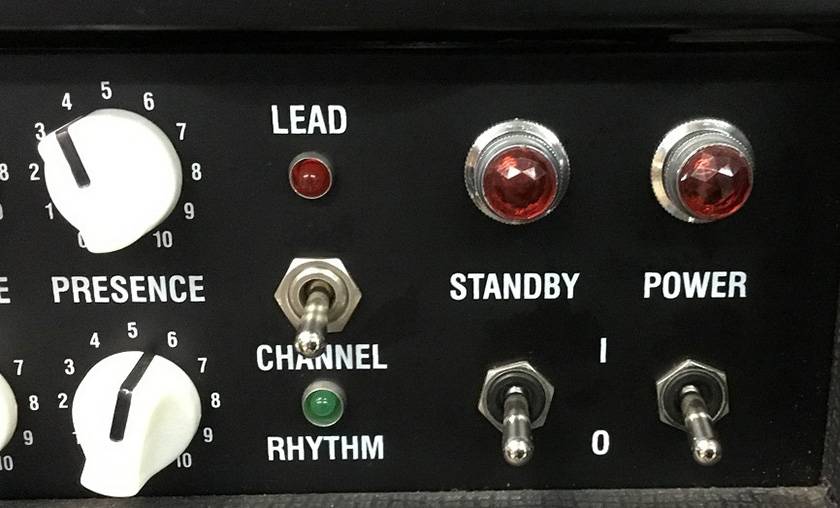
Who knows what this is for...?
It's something that's always there, but if you ask people what it's for, not many can give you the correct answer.
And the answer you have in mind is probably wrong, haha!
This is because there are tube guitar amps in this world that don't have a standby switch.
The correct answer is: it's there to prevent loud shock noise from the speakers when switching guitars or changing connections during a performance.
It's meant to avoid the risk of damaging the speakers with shock noise.
It's not for protecting the tubes.
There's a common misconception that without a standby switch, turning on the power switch would immediately apply high voltage to the power tubes, damaging them.
However, tubes are designed so that no current flows until the heaters warm up, even if high voltage is applied to the plates.
Have you ever experienced that when you turn on both the main switch and the standby switch at the same time on an amp with a standby switch, there is no sound at first, but then the sound gradually comes out as the heaters warm up?
For amps with an output over 50W, shock noise and inrush current noise can be quite significant, so they almost always have a standby switch. But for amps with lower output, the shock noise isn't typically enough to destroy the speakers, so the standby switch is often omitted.
Many old Fender amps, for example, don't have a standby switch.。
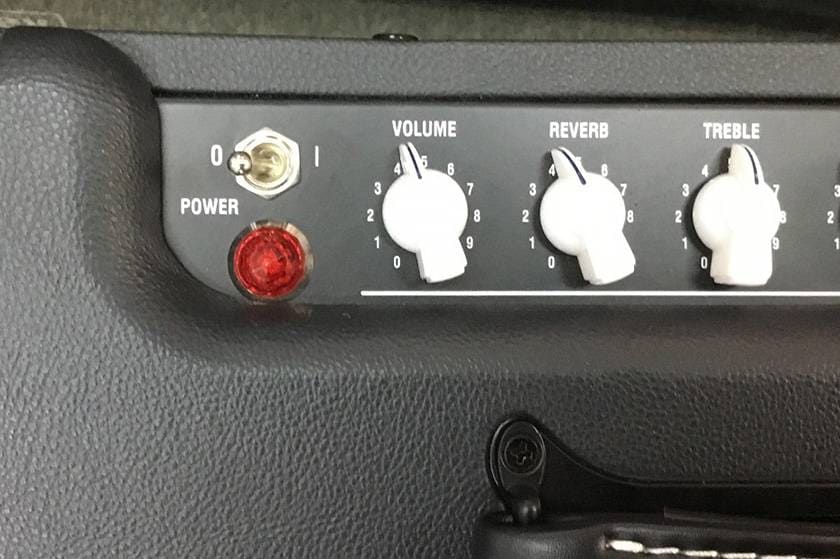
Part 2: Using Japanese AC 100V Directly in Amps Labeled for AC 120V or 115V
This is an issue, but it’s also not an issue!
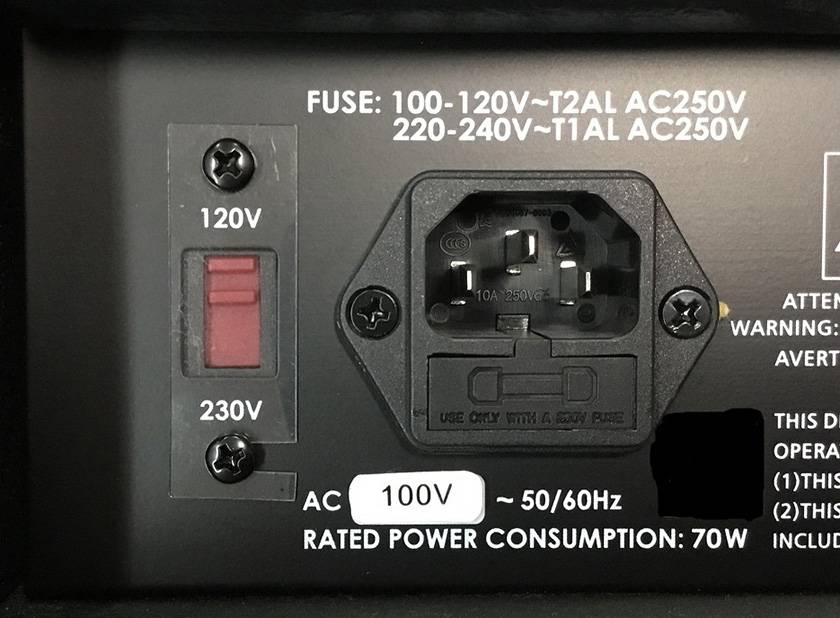
First and foremost, the biggest issue is that you need to reset the bias.
The bias setting for an input of 120V is entirely different from that for an input of 100V.
Don't think that a difference of just 15V to 20V is insignificant.
The power transformer is a voltage converter, so if it outputs 450V with an input of 120V, it doesn’t output 430V with an input of 100V. The voltage is calculated based on the winding ratio (and not precisely), so if the power supply generates 450V with 120V input, it will only generate around 380V with 100V input.
The bias value of the power amp is determined by the plate voltage of the power tubes, so with a 70V difference in plate voltage, the bias value can't remain the same.
Moreover, if an amp designed for 120V has an output of 100W, when used with 100V, its output will be around 60W.
However, as long as you properly adjust the bias, using a 120V amp with 100V input won't cause any issues—other than a reduction in output power.
Part 3: Here are a few common issues where the problem is caused by vacuum tubes:
The inside top of the vacuum tube is turning white
This indicates that the glass of the vacuum tube has cracked, allowing air to enter.
A vacuum tube with air inside is unusable. This symptom is common to both preamp tubes and power tubes.
The middle of the power tube is glowing red hot
This indicates that the grid of the power tube is not receiving the necessary bias voltage.
If the amplifier is used while the tube is glowing red hot, the power tube will quickly (in about 30 minutes) become damaged and unusable.
You see blue-white discharge lines inside the power tube every time you produce sound
While the sound may still be coming out, this indicates an internal discharge state.
This is a precursor to noise starting to appear. It will only get worse and never better, so it should be considered a sign that it's time to replace the tube.
The volume decreases when using a rectifier tube in the power supply rectifier circuit
This can be observed in MESA/BOOGIE Rectifiers.
Amplifiers that allow you to choose between diode rectification and rectifier tube rectification generally have higher volume with diode rectification due to its higher efficiency.
It's important to note that using a rectifier tube and experiencing a drop in volume is not a malfunction.
So why bother using a rectifier tube?
It's all about sound quality. The compressed sound characteristic of rectifier tubes is unique to them.
I've rushed through various explanations, but I hope they help you diagnose your own amp.
In the next installment, I promise to publish the final chapter (and I'll do it sooner). Please look forward to it.






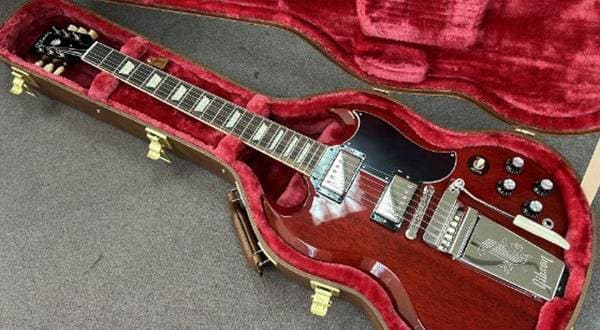
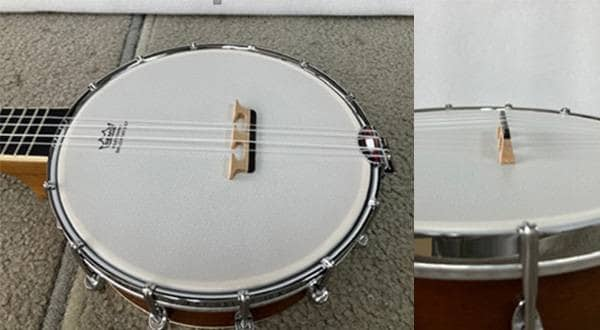

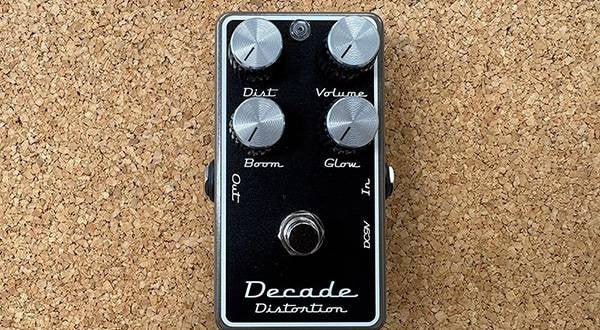
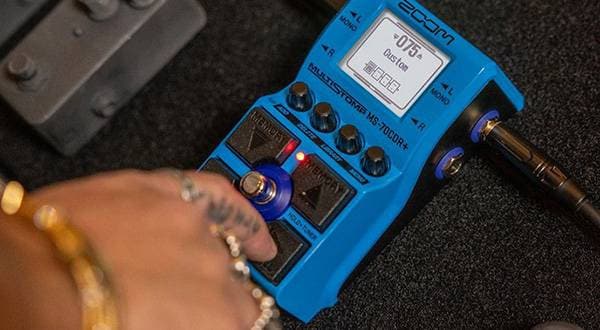

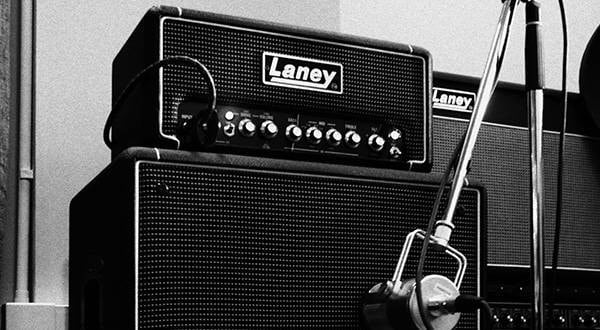
![Recommended Tube Guitar Amplifier [Laney CUB-SUPER Edition]](/contents/uploads/thumbs/2/2022/3/20220330_2_17344_1.jpg)
![[Bass Amp] Transistor or Vacuum Tube?](/contents/uploads/thumbs/5/2021/12/20211222_5_15729_1.jpg)
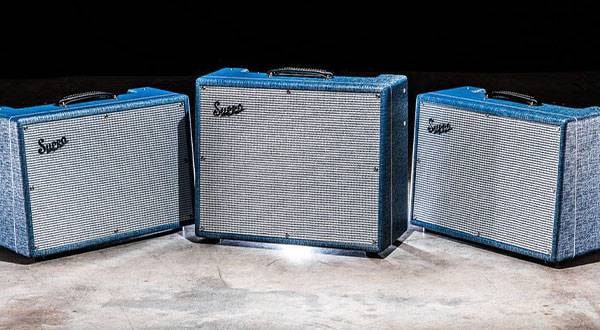
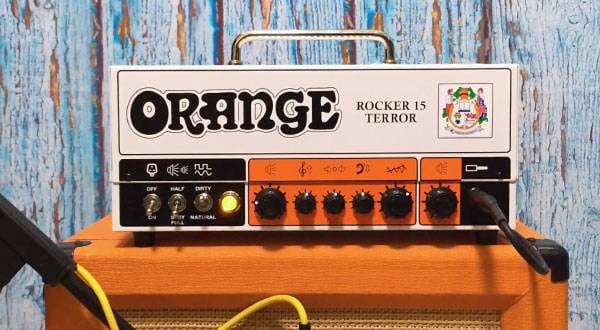
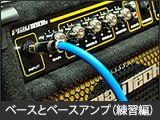 ベースとベースアンプ(練習編)
ベースとベースアンプ(練習編)
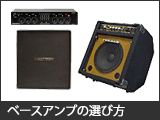 ベースアンプの選び方
ベースアンプの選び方
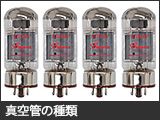 真空管について
真空管について
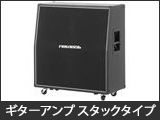 ギターアンプ スタックタイプ編
ギターアンプ スタックタイプ編
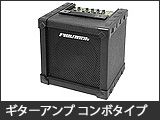 ギターアンプ コンボタイプ編
ギターアンプ コンボタイプ編
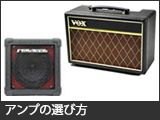 アンプの選び方
アンプの選び方















